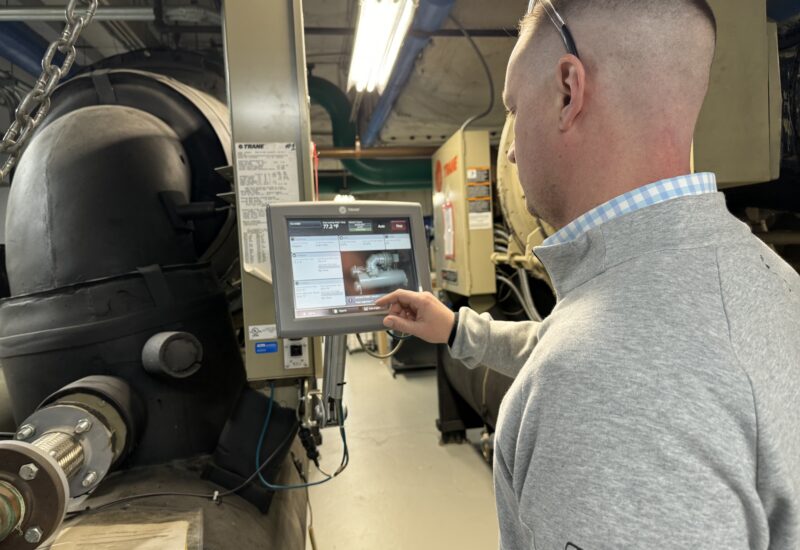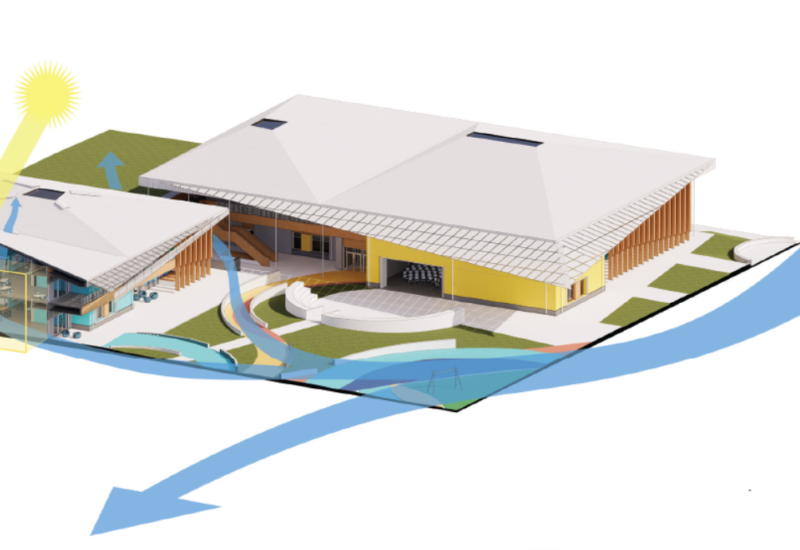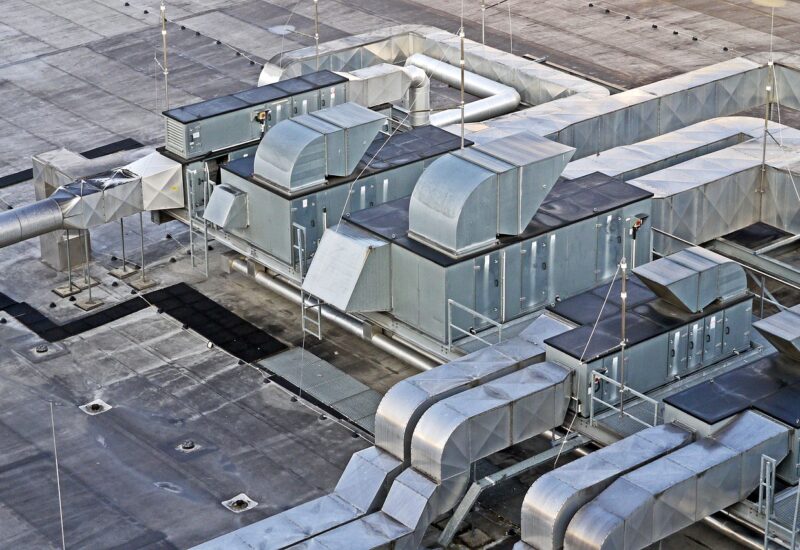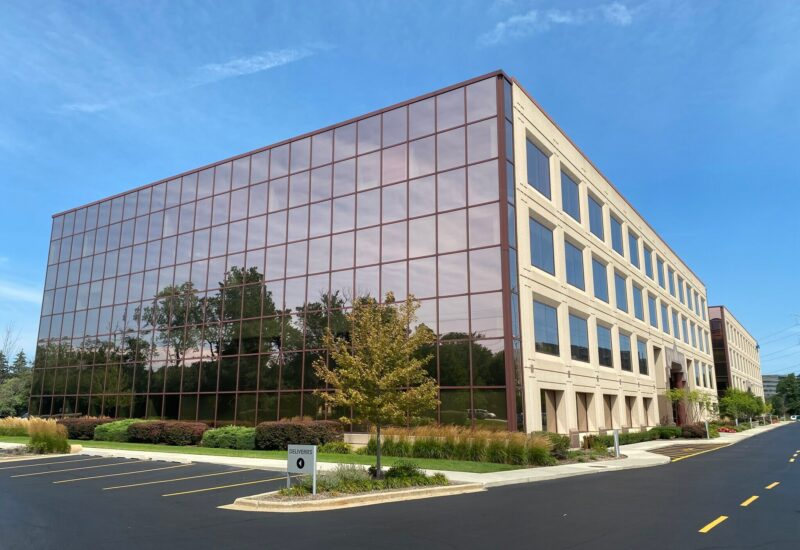On September 15 and 16, the Federal Facilities Council of the National Academies of Sciences hosted a forum on Deep Energy Retrofits for Buildings. Scott Emery of Baumann Consulting attended the first day of the event and was rewarded with an encouraging view of what we might accomplish by tackling energy use in existing buildings.
Deep energy retrofit (DER) projects target reducing energy consumption by at least 50% compared to pre-project baseline energy use. They are typically planned as part of previously scheduled major renovations. DER projects tackle building envelope, lighting, mechanical systems and plug loads to dramatically change how a building performs. They involve more than just upgrading a single system or replacing an aging HVAC component with an in-kind, newer version. These projects re-think, re-imagine and re-engineer how a building uses energy.
The majority of the buildings in use by 2030 are already built and a huge share of current building stock were built before 1980. The opportunity to reduce energy use and greenhouse gas emissions by implementing DERs is therefore tremendous. In fact it is hard to imagine aggressive GHG reduction goals being met without addressing energy use in existing buildings in a meaningful way.
Thanks to policies that are driving federal agencies toward reduced energy use, the federal government is leading the way in implementing DER projects. While mandates and directives pushing for net-zero and increased use of renewable are motivating interest in DER projects, innovative funding mechanisms such as Energy Service Performance Contracts make these projects possible. Outside of the federal space, programs like Property Assessed Clean Energy (PACE) financing help to open the private sector to DER projects.
The forum highlighted what it takes to make DERs happen. Much of the technology is already in place. A key to success is employing integrated design. Within this process, building simulation and modeling allows for clear assessment of design options and how they impact energy use. For example, simulation allows for a better understanding of how more energy efficient windows influence the sizing of mechanical systems such as chillers. Modeling provides the knowledge with which to achieve low energy results while eliminating unnecessary costs.
One clear obstacle to implementing DER is that the risks for these projects are perceived to be higher than for traditional approaches to mechanical system retrofits. As an example, what if the loads in the completed structure prove to be higher than planned? Will the downsized HVAC system perform? Collectively the project team has to work to understand the risks, and members have to be willing to accept risks in a different way.
In more than one case study presented at the forum, the importance of installing systems as intended was emphasized. Contract documents must be clear as to what exactly is required, and contractors have to be willing to execute the installation as designed. These factors make commissioning an important part of DER projects. In the presented examples, projects that emphasized quality delivery from the first phase of design to project completion resulted in huge reductions in energy use.
All-in-all, my day at the DER forum left me with a good feeling about where the building industry is headed. Deep Energy Retrofits offer a clear path forward to address the major share of greenhouse gas emissions that come from our huge stock of existing buildings. In reality making DER happen on a large scale is a daunting task. However, innovations in financing and the growing number of DER success stories offer hope that we will seize the opportunity to work on improving this critical segment of the built environment.
Scott Emery is the Head of Mechanical Engineering at Baumann Consulting. In this role, Scott leads Baumann’s Mechanical Engineering efforts with an emphasis on energy auditing and commissioning. Scott has over 20 years of experience in technical, business, and leadership roles and specializes in geothermal heating and cooling.








